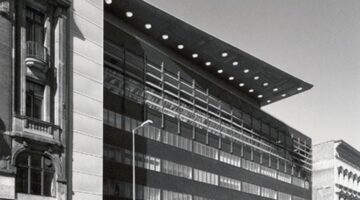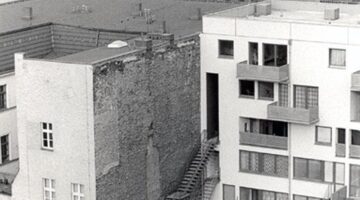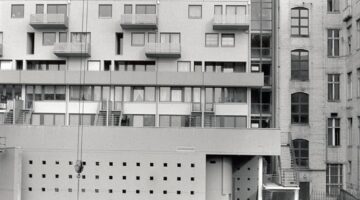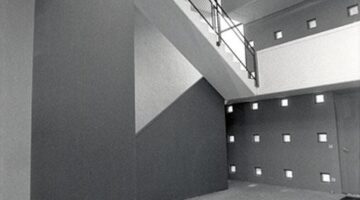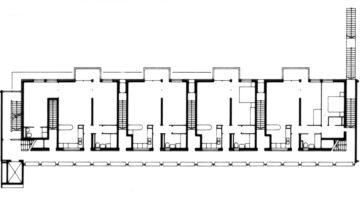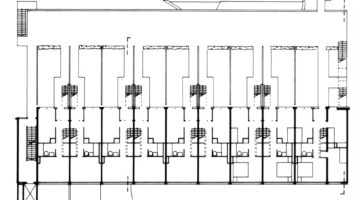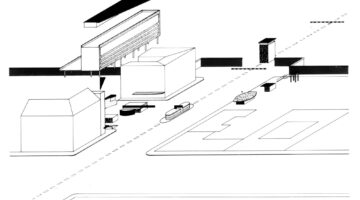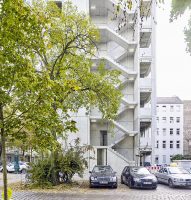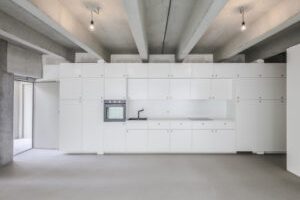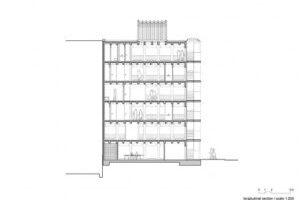Bausparkasse system in Germany – building societies as a secure source of finance
Main objectives of the project
Building societies, or bausparkassen, play a vital role in housing finance in Germany and Austria, providing a significant share of residential mortgage loans. Bausparen involves fixed, below-market rates on savings and loans, creating a closed circuit to protect customers from market volatility. These institutions are regulated under the German Banking Act and Bausparkassen Act, ensuring trust and attracting long-term savings. Similar institutions are emerging in other countries. German Landesbausparkassen are public banks operating at the sub-national level, focusing on low-interest residential mortgage loans. They utilize closed-contract savings and loan circuits funded by long-term savings and amortization payments. Bauspar loans are complemented by government savings and tax incentives, offering predictable interest rates and supporting home purchase financing.
Date
- 2013:
Stakeholders
Location
Country/Region: Germany
Description
In contrast to their decline in many countries, building societies (german: bausparkassen) have remained important to the housing finance needs of countries such as Germany and Austria, where they provide a very large share of residential mortgage loans. Bausparen (contractual savings) is characterized by fixed, below-market rates on savings and subsequent loans. The closed circuit of savings and loans attempts to insulate customers from financial market volatility and members get stable loans at a predetermined, fixed rate of interest. Special regulation and tight supervision are considered vital to their success. In Germany Bausparkassen are credit institutions and fall under the German Banking Act and the Bausparkassen Act, which defines them as specialized credit institutions. They are closely supervised to build savers’ trust and attract savings over long periods to ensure that they will eventually be able to obtain a loan.[1] Such institutions are also growing in other countries including Croatia, Czechia, Hungary, Slovakia and Kazakhstan.
In Germany, bausparkassen are either privately owned, or publicly owned by federal or provincial governments. German Landesbausparkassen (https://www.lbs.de/) are public savings and loans banks which operate at the sub-national level and focus on low-interest residential mortgage loans. Their system involves closed-contract savings and loan circuits, where loans are funded by long term savings and amortization payments. [2] Bauspar loans are funded by contractual savings schemes, typically of seven years, which can be complemented by government savings and tax incentives. Such loans are long term, have fixed predictable interest rates and typically complement other loans financing home purchase.

